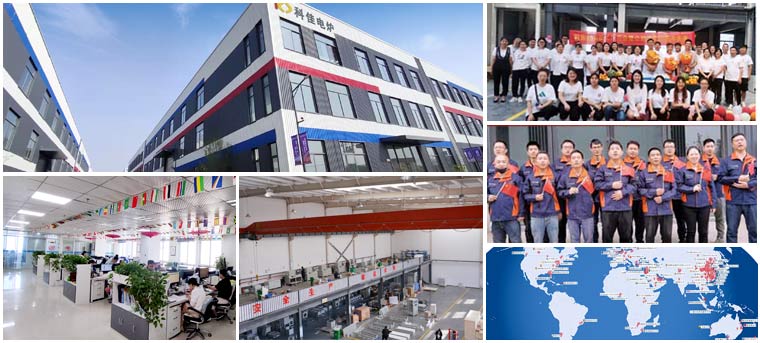Overview of the Main Applications of Three-Zone Tubular Furnaces
Due to their precise multi-zone temperature control capabilities and vacuum environment control, three-zone tubular furnaces are widely used in both scientific research and industry, encompassing new material synthesis, high-temperature heat treatment, and specialized processing for specific industries. Scientific Research and Materials ResearchNew Materials R&D: Widely used in universities and research institutes for sintering and high-temperature heat treatment of new materials such as metals, ceramics, nanomaterials, semiconductors, and powder metallurgy. Precise temperature control and a vacuum environment are crucial for the preparation of nanomaterials, composites, and high-temperature alloys with complex structures and specialized properties.
Material Performance Testing: Suitable for thermal expansion and thermal stability analysis, providing tools for in-depth understanding of the relationship between a material's microstructure and macroscopic properties.
Industrial Production ApplicationsNew Energy and New Materials Industry: Specialized equipment for sintering and heat treatment of lithium battery cathode and anode materials, as well as new energy and new materials industries.
Other Industrial Applications: Also used in factories, petrochemicals, aerospace, and other industries for sintering and high-temperature heat treatment of new materials such as metals and ceramics.Specific Process and Technical ApplicationsMulti-Temperature Zone Processing: Thanks to its three independently adjustable heating zones, precise temperature gradients can be set. This can be used to simulate continuous heat treatments from low to high temperatures, or to perform independent heat treatments in different temperature ranges. It is suitable for complex processes requiring multiple steps and varying temperature conditions.
Vacuum and Atmosphere Control Applications: The vacuum environment effectively removes oxygen and water vapor from the air, preventing oxidation reactions at high temperatures or the degradation of material properties by water vapor. This is particularly important for materials that require processing in an inert or reducing atmosphere.


 E-mail:web@kejiafurnace.com
E-mail:web@kejiafurnace.com
 Tell:+(86) 18037178440
Tell:+(86) 18037178440
 Whatapp:+(86) 180-3717-8440
Whatapp:+(86) 180-3717-8440
 Address:Room 1505, Building 9, No. 26 Dongqing Street, Zhengzhou High-tech Industrial Development Zone
Address:Room 1505, Building 9, No. 26 Dongqing Street, Zhengzhou High-tech Industrial Development Zone
